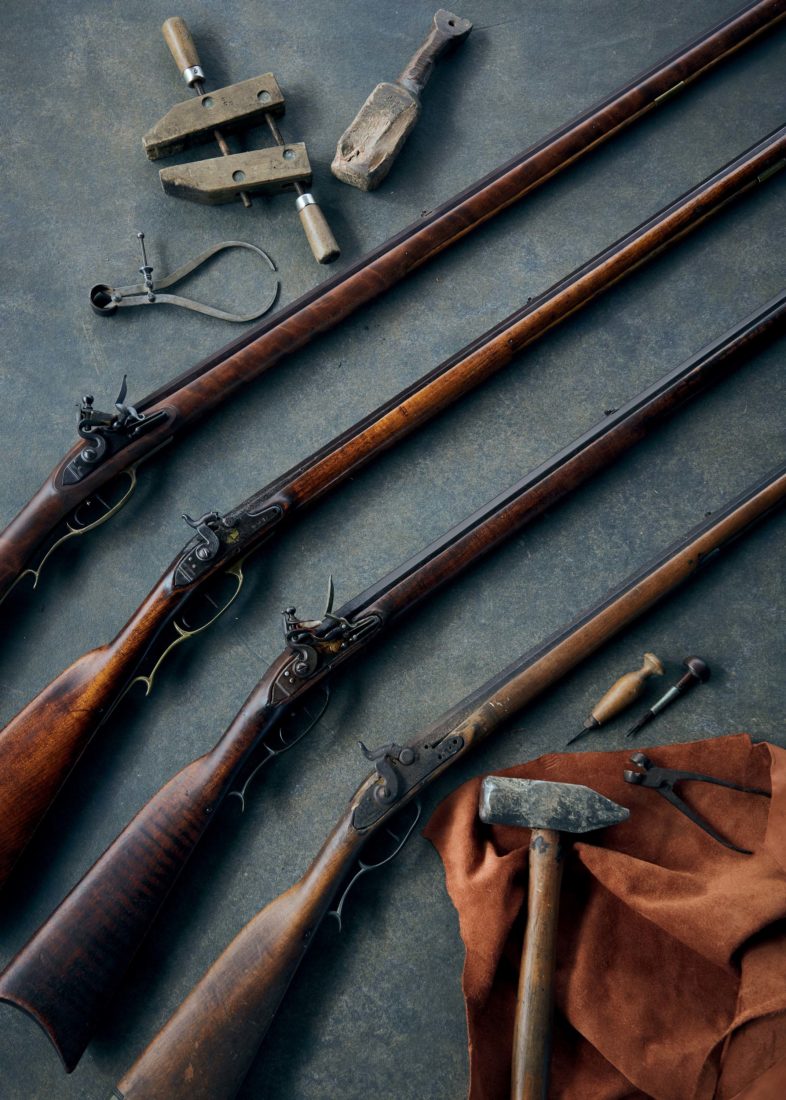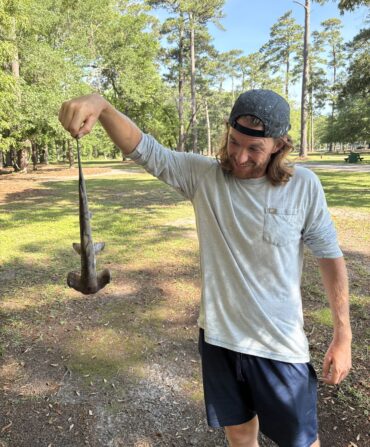Late one afternoon in 2015, Greg S. Murry, a black-powder rifle maker in Columbia, Tennessee, crouched over his workshop bench and tapped a drift punch with a hammer. Pins more than two hundred years old fell out of the forestock of an American muzzle-loading long rifle. Murry’s hands were shaking.
By his side stood the gun’s owner, a woman descended from Samuel Crockett III, who with his son Andrew operated a highly acclaimed gunmaking business at Forge Seat, the family home south of Nashville, from the estate’s inception in 1808 until 1826. Those Crocketts were kin to the famed Davy Crockett, and soldiers had used their rifles in the Battle of New Orleans. “Really, only the family knew that these rifles existed and had survived,” Murry says.
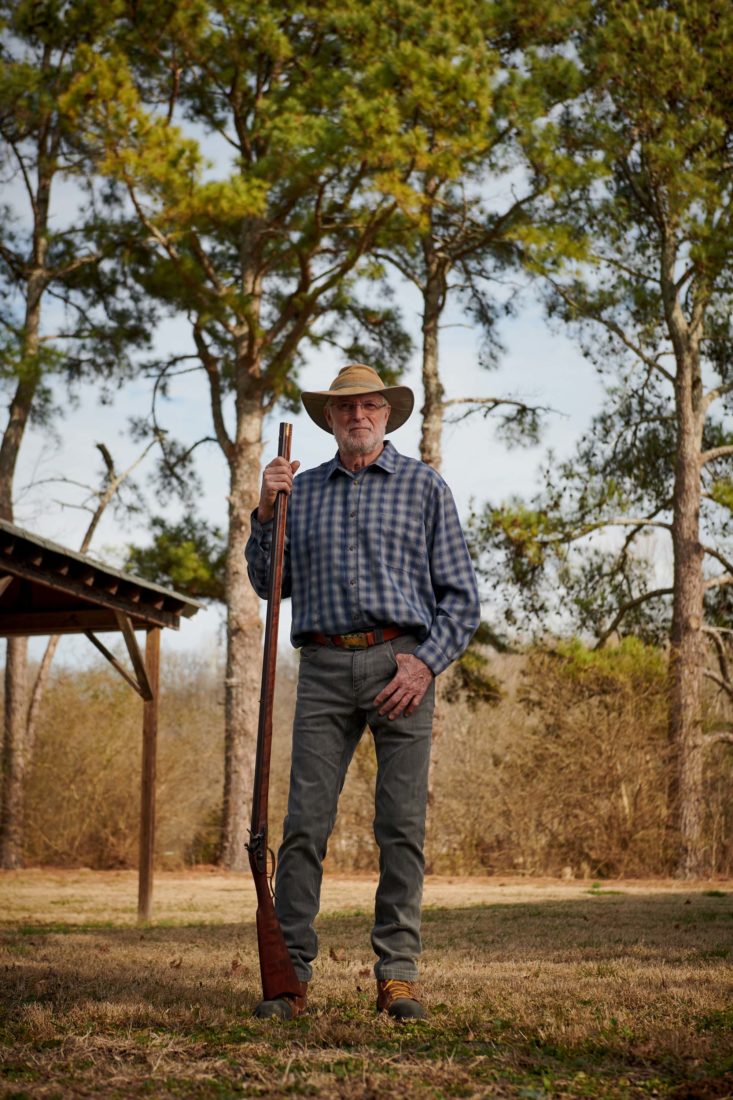
The rifle on his bench sported a barrel inscribed with the initials “S. & A. C.” The owner (who wishes to remain anonymous) had extensive historic documentation for the piece, which had been in her family for years, and she wanted it restored and possibly reproduced. When Murry removed the barrel, he turned it over to shine light on its flat bottom facet. At the muzzle, the number “19” was engraved into the metal. At the breech was the number “11.” In between was the letter “C.”
“We had chills running up and down our spines,” Murry recalls. “The number probably meant that the gun was number nineteen in a run of guns made in 1811, and the letter “C” was for Crockett.” While firearms exist with reported connections to the legendary frontiersman—including a flintlock he purportedly owned now on display in Knoxville’s Museum of East Tennessee History—those inscriptions revealed a direct connection to the Crockett rifle-making family, Murry says, and composed “another documentary feather in the cap of one of the most historic firearms in American history.”
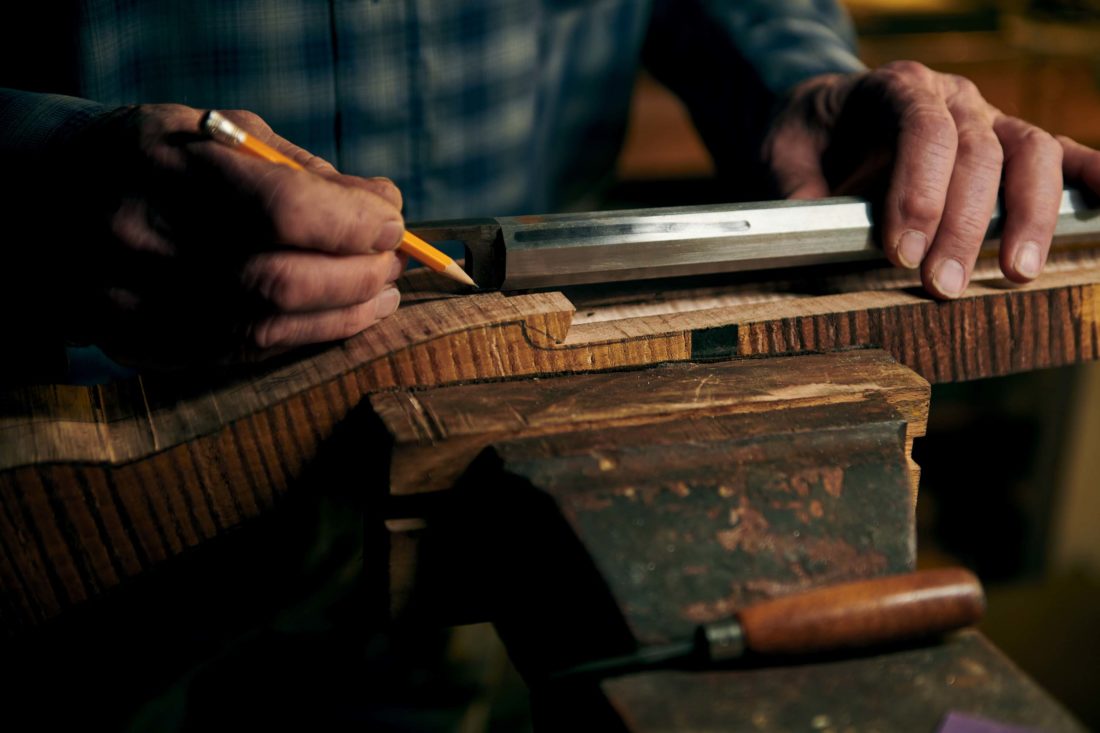
Today, Murry crafts exact reproductions of that rifle from Forge Seat. (Another Crockett descendant subsequently came forward with two others—both of which Murry has had in his shop.) A just-under-.40-caliber flintlock later converted to the more modern percussion cap ignition, the rifle is simply adorned, without a butt plate or a patch box. Murry took four hundred hours to craft the first reproduction, after which the gun’s owner ordered seven more for other family members. A barrel maker produces the barrels using detailed measurements from the original rifle, and Murry sand-casts the brass trigger guards from a mold he made from the same. He forges, files, and finishes the triggers, trigger plate, springs, and other small metal pieces by hand. The stocks get hand carved from blocks of cherry to match the original. He’s delivered fourteen reproductions so far, and the $9,000 orders keep coming.
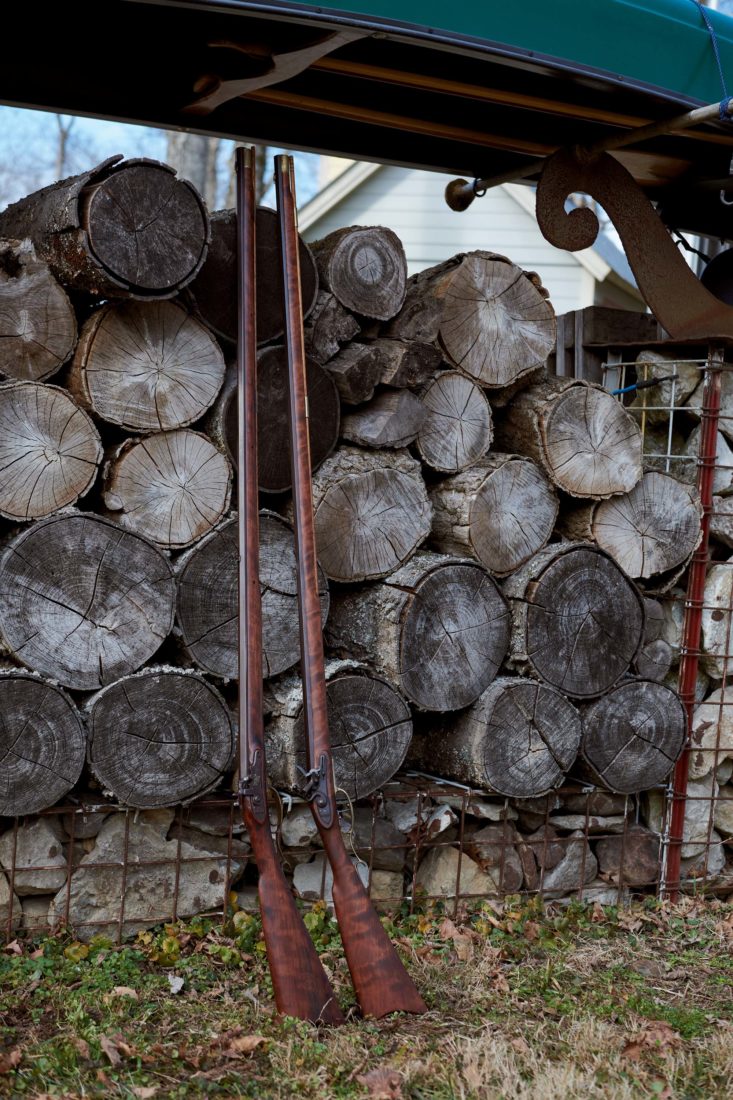
It’s a hugely valuable project, says Mike Yazel, another maker of early American firearms and a board member of the National Muzzle Loading Rifle Association. “The fact that you can hold this reproduction and feel it hang on your shoulder, and even fire the gun, allows an entirely different point of access into history than you would get from an artifact lying in a glass case. And Murry’s insistence on working with hand tools and processes that are hundreds, if not thousands, of years old is just as important in helping us unwrap the history of these artifacts.”
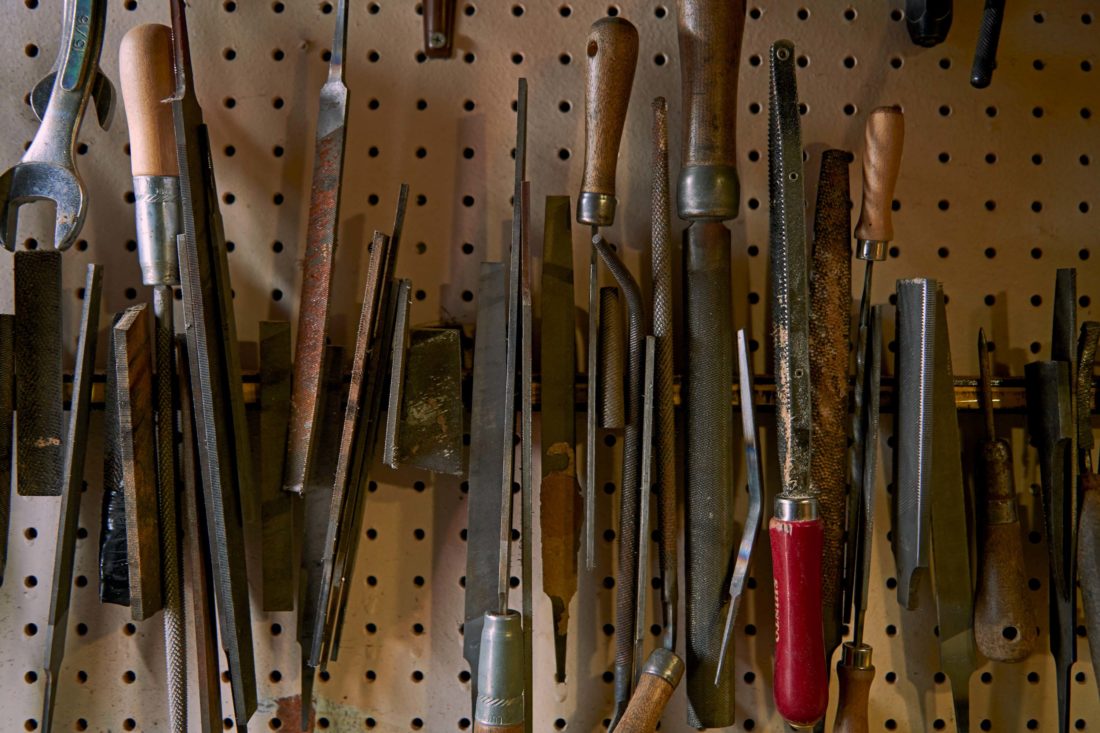
For Murry, building and restoring historic rifles has marked the culmination of a personal journey he never could have imagined. Born in 1950 in Niles, Michigan, he eventually landed in Franklin, Tennessee, managing a hunter-jumper and polo estate. In 1992, when his son, Alex, was about to turn nine years old, he searched for a gunmaker who might craft a muzzleloader for a younger shooter.
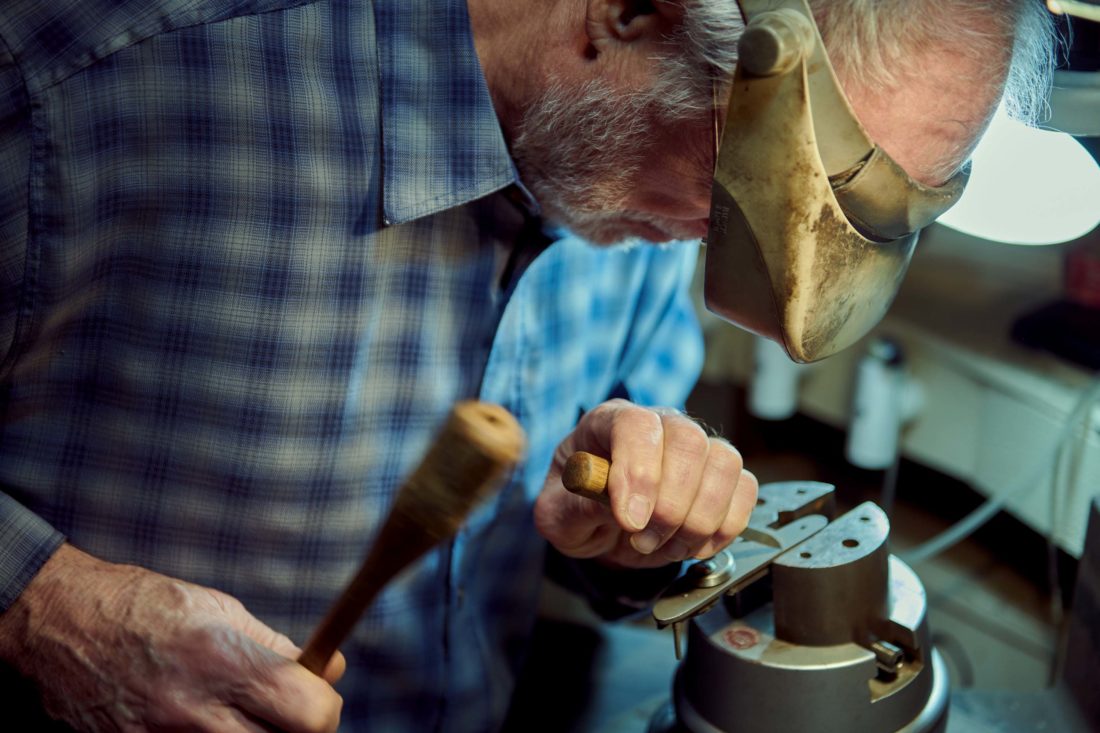
“They all had a yearslong waiting list and wanted more money than I had,” Murry says. Undaunted, he cobbled together a few rifle parts, a barrel, and a piece of wood, and built his son a Christmas present. “I had never done anything like that,” he says, “but it turned out surprisingly well.” He built a second rifle for a friend, and then another, and another. Ultimately, he opened his own shop, Leipers Fork Flintlocks, near historic Franklin.
Murry has since moved his operations home, where his work today seems an ever-evolving expression of
a talent that lay hidden within for decades. “When I began making these rifles, I was completely shocked that I had this ability,” he says. “I had spent much of my life as a no-account, going-nowhere person. And then, suddenly, I discovered that there was something so much deeper inside.”


